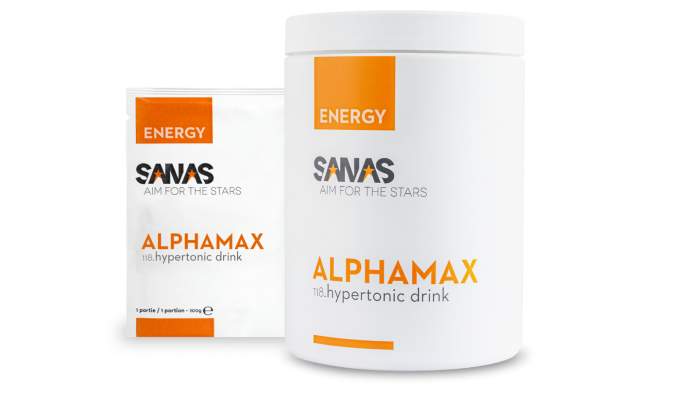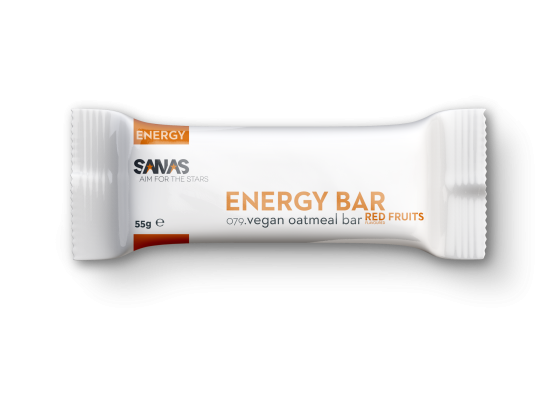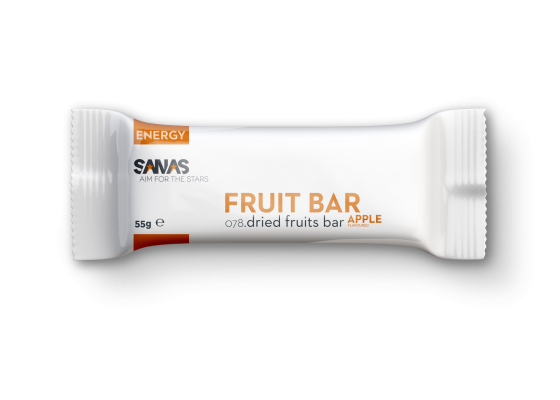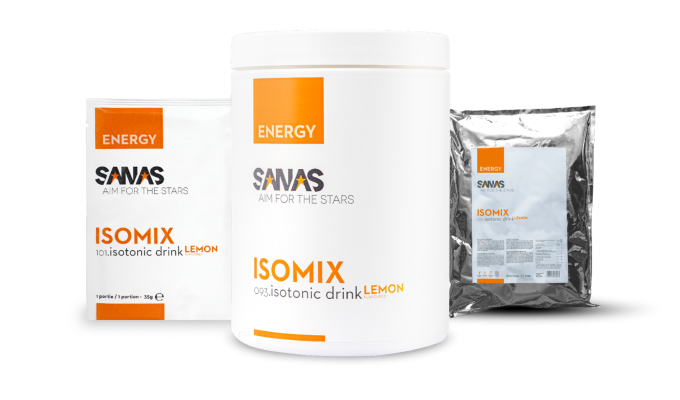EU
-
Austria
-
Belgium
-
Denmark
-
France
-
Germany
-
Ireland
-
Italy
-
Luxembourg
-
Netherlands
-
Norway
-
Poland
-
Portugal
-
Slovakia
-
Slovenia
-
Spain
-
Sweden
-
Switzerland
-
United Kingdom








